.jpg)
.png)
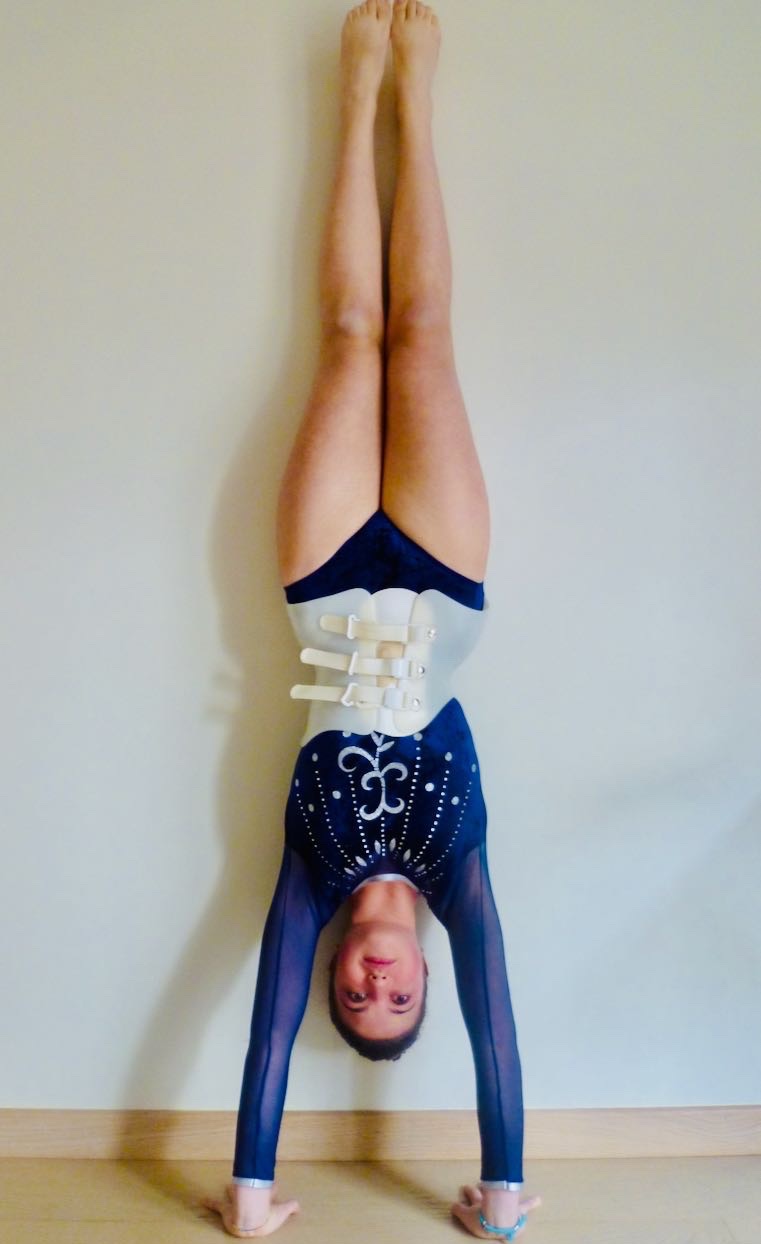
Can we be sure that this brace works?
A brace is a tool used to prevent the progression of scoliosis.
They can be made of different materials: plastic (with metal parts), partly leather, or entirely elastic and fabric.
Finally, there exist numerous models with different names, such as the Cheneau, Sforzesco, PASB, Lapadula, Maguelone, and so on, not to mention variants of these different models.
All this adds up to a real maze of terminology that the parents of a child or teenager recently diagnosed with scoliosis or a spinal disorder suddenly find themselves having to try and understand.
Why is it all so confusing?
It is not confusing, it is just that there exist different models...

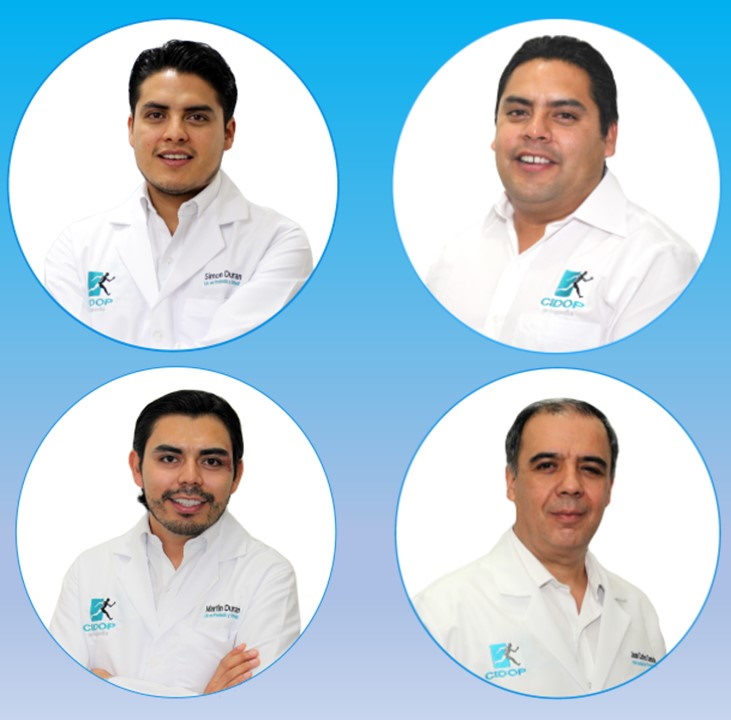
Cidop Team from Mexico shares its experience
In each number of our newsletter, we present the experiences of fellow doctors, physiotherapists, and orthopaedic technicians from all over the world to share the knowledge and learn one from the other.
This interview is for Juan Carlos Duran, Manuel Duran, Martin Duran, Simon Duran, the Cidop team from Mexico:
"We are a clinical team of orthotists / prosthetists, who together with a multidisciplinary team make up the first comprehensive care centre for scoliosis in Mexico...".


eSosort2021: Isico competes
for the AWARD
Isico too will be present with several presentations at the annual international conference Sosort, online from April 29th to May 1st.
A presence, albeit virtual, characterized by the possibility of competing again for the SOSORT Award.
We recall that Isico has been awarded already in the last two years the prestigious international recognition given by SOSORT for the best research, to which is added, in 2019, the Award won as co-authors of a research study in collaboration with the University of Hong Kong.
"In this online edition, our study Efficacy of bracing in infantile scoliosis. A 4-years prospective cohort shows that idiopathic respond better than secondary scoliosis will compete for the Award along with six other studies - explains Prof Stefano Negrini, scientific director of Isico and first author of the research - an important result that recognizes the high quality..."
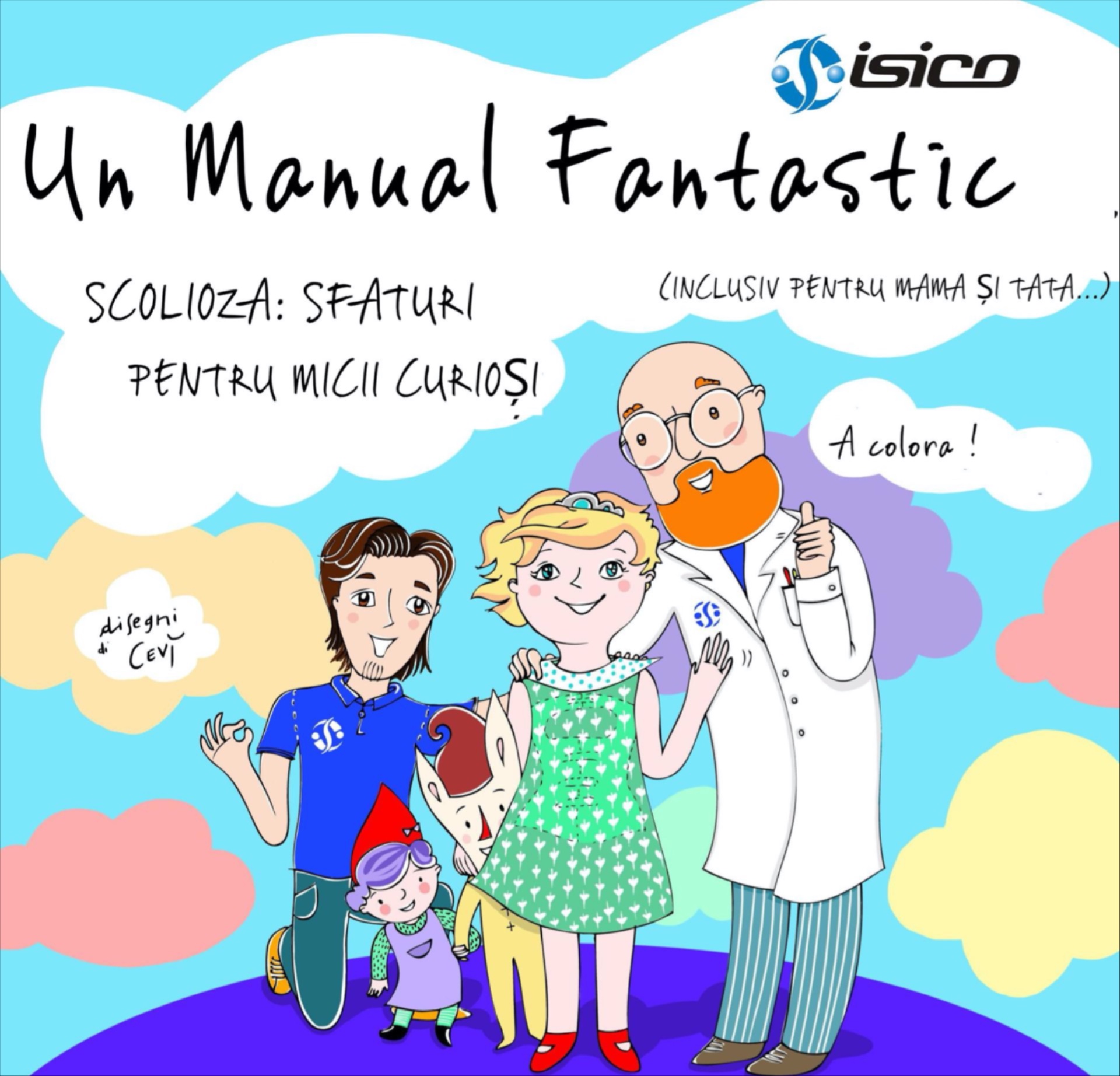
A Fairytale Handbook:
the Romanian edition
Following the English, Bulgarian, Spanish and Portoguese editions of our booklet "Do You Wear a brace? Here is Isico's Advice", we are happy to announce the Romanian translation of our booklet "A Fairytale Handbook".
The translation was made possible thanks to the collaboration with Racu Nicoli Valentini, the president of Mea Scoliosis Foundation, and her team, available on the English Isico website as well as on www.mea-scoliosis.org.
The Isico booklet, which is part of a series of manuals for patients, from the youngest to the oldest, contains a fairytale written in order to help our youngest patients understand scoliosis: what it is, how it is treated, why and how a brace is worn, how to handle different aspects of daily life (friends, school, sports activities...) while wearing a brace.
It is all put in simple language and there are also lots of pictures to look at and colour in.
Would you also like to have an edition in your language? Well, do not hesitate to contact us for information on how to do it!
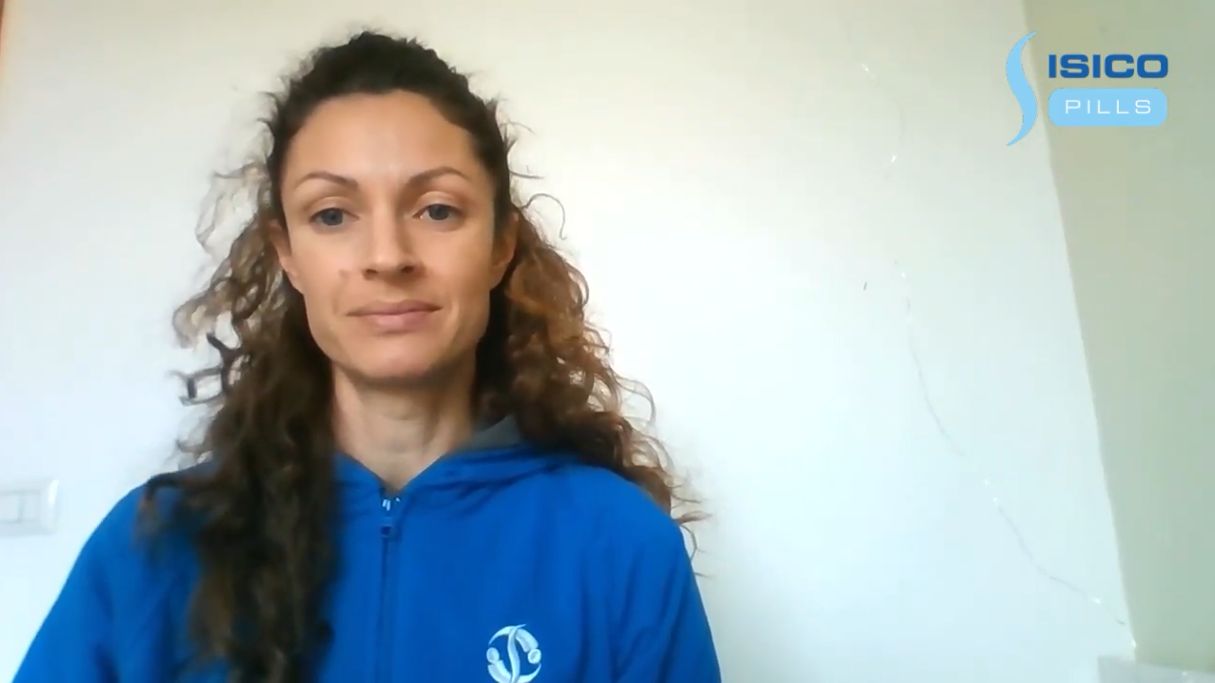
Isico Pills: a video about scoliosis exercises
Isico has recently launched a new video format designed for expert professionals, namely, doctors and therapists.
Watch the short video about "Scoliosis specific exercises" presented by our PT Valentina Premoli with English subtitles and share it with #isicopills on social networks.


Bracing adults with scoliosis: a new published study
The research paper Bracing adults with chronic low back pain secondary to severe scoliosis: six months results of a prospective pilot study has just been published by the European Spine Journal.
It is one of the few articles published in the literature on the use of braces for adults affected by scoliosis. Although scoliosis has been estimated to affect up to 68% of the population over 60...

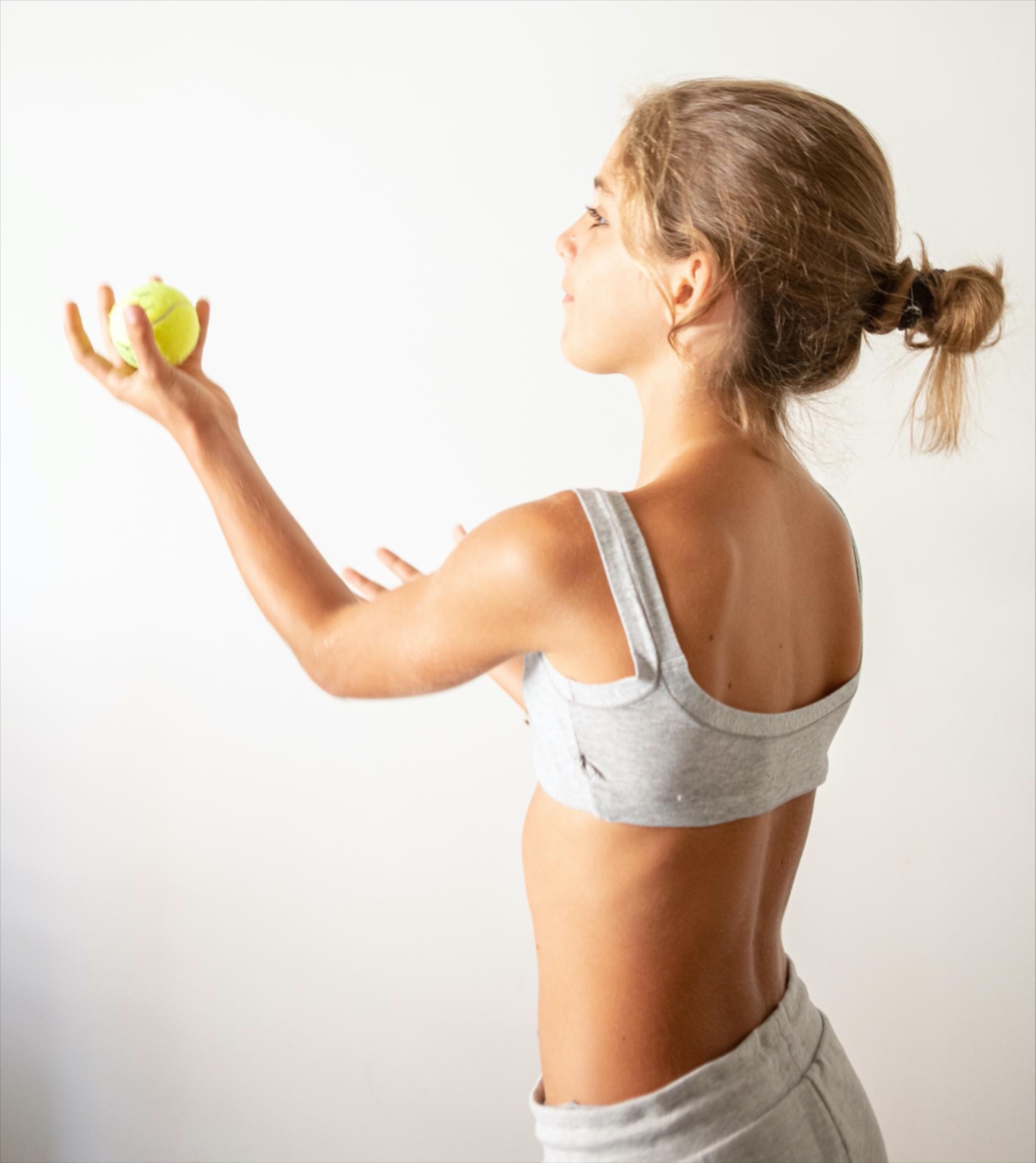
Scoliosis: why appearance matters
To treat scoliosis solely on the basis of radiological images, would be a huge mistake.
The evolution of scoliosis typically leads to spinal changes in the three planes of space, and it therefore causes a modification of the ribcage. Indeed, as scoliosis progresses, it also changes the appearance of the trunk, and this, depending on the severity of the curve, can impact more or less markedly the patient's appearance.

Can wearing a brace be a problem for teenagers?
Isico uses underarm corrective braces that can be easily hidden under T-shirts (providing these are a slightly loose fitting), and they are very well tolerated and unobtrusive. They can be worn for sport and for physical exercise at school, and indeed allow the wearer to lead a perfectly normal life.
When we say they "can" be worn, we mean they must be worn! Because the more active the patient is when wearing his/her brace, the better its results will be.
A brace is a rather challenging treatment, but it is certainly not an armour! It is a medical appliance just like a dental appliance and, as such, it is anti-aesthetic and can be a bit annoying, but it is nevertheless useful. A dental brace is actually more anti-aesthetic than a back brace, just more socially accepted.
In the case of a back brace, however, the advantage is not only aesthetic but also important for the patient's adult life, as it will reduce the likelihood of pain and back problems later on.

Prospective investigation of Oswestry Disability Index and short form 36 subscale scores related to sagittal and coronal parameters in patients with degenerative lumbar scoliosis
Chang-Hoon Jeon, Nam-Su Chung, Hee-Woong Chung, Ha Seung Yoon, Han-Dong Lee
European Spine Journal ( IF 2.458 ) Pub Date : 2021-03-14 , DOI: 10.1007/s00586-021-06740-4


- May 29 - SRS Webinar for Professionals | PJK Prevention in ASD: How Do We Mitigate the Risk?
